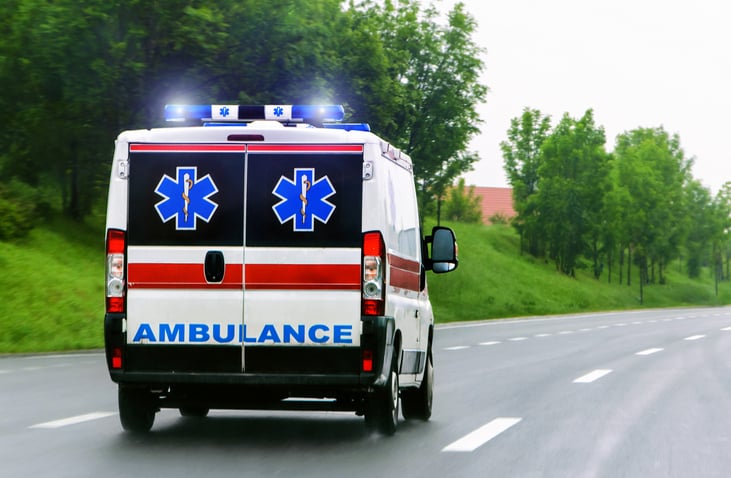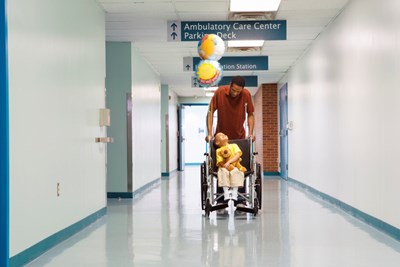An ambulance provides transport to a hospital and enables emergency medical technicians (EMTs) to begin medical treatment on arrival, extending treatment through the ride to the medical center. It is important to remember that the rescue squad is not the only option if you require treatment and need to get to an emergency department.
There are times when you may not want to call an ambulance and find a different way to get to the hospital. When in doubt, call 911.
In many cases, treatment need not be immediate. Some areas have non-emergent transport available if you call 911 and the problem is not life or limb threatening, such as minor injuries or illness, such as a sore throat. Minor injuries and illnesses generally don’t need an ambulance, but there are always exceptions.
If you are not sure if you need an ambulance, better to call 911 and they will assist you directly. It is likely that an ambulance is appropriate if you see that:
- A person’s condition is potentially life-threatening. They could be experiencing chest pains, difficulty breathing, sudden confusion or an altered mental status. These symptoms could be signs of heart attack, stroke, or related conditions and immediate medical attention may be required. Call 911 and get an ambulance.
- Someone is choking and needs abdominal thrusts (Heimlich maneuver) or back blows, or his or her heart has stopped and the individual requires cardiopulmonary resuscitation (CPR). Call 911 prior to performing CPR to get the ambulance moving; the dispatcher can also assist you with the life-saving procedures.
- Moving the patient may further injure the individual. This can be seen in motor vehicle accidents or falls or other trauma. EMS agencies are trained in how to extract people safely from potentially dangerous situations.
- You are unable to get yourself or the patient to the Emergency Department due to fall, injury or weakness. If you are too weak to get up on your own or too unsteady on your feet, it would not be a good idea to get behind the wheel of an automobile.
Other considerations include:
Rural vs. Urban. Your geographic location factors heavily into response times. If you live in a rural region, an ambulance – likely a volunteer rescue squad – may take a while to reach you, and in some rural areas, the response times can be significant if the ambulance is located far from your house. If you’re in a city, it could also take a long time if traffic is congested, though there may be more units available than there are in the countryside.
Money. If you cannot get yourself or the victim to the hospital due to lack of transportation or injury, and the condition is non-life threatening, call a friend or family member, taxi, or ride-sharing service. Using a car service will cost hundreds of dollars less than an ambulance.
Volunteer agencies may not charge you directly for transport, but the money comes from taxes. City Emergency Medical Services (EMS) agencies will charge you based on level of call and distance transported. If you have health insurance, this may cover part or all of an ambulance transport, depending on your insurance.
No matter your condition, emergency physicians will be ready and waiting on the other side.
 American College of Emergency Physicians
American College of Emergency Physicians







